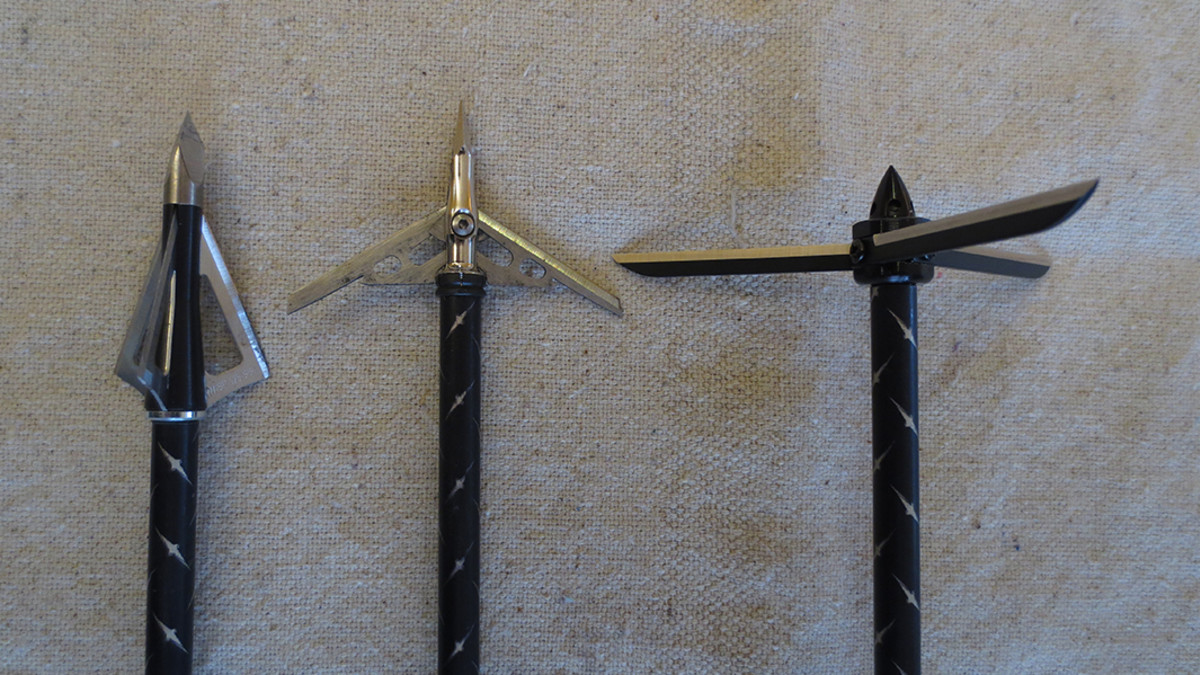
It’s certainly possible to kill turkeys with traditional bows, thousands are taken every year that way. Before you attempt it, make sure that your shooting skills are absolutely top-notch. Don’t be tempted by birds that are at the outer limits of your comfortable shooting range.
Turkeys are a hell of a lot tougher to kill with a bow than you might think.
Try a Compound First
It’s safer to attempt your first archery turkey with a compound bow. Compounds much faster and more forgiving with regards to form (they can be shot easily from crouched, sitting, and kneeling positions), the let-off of the draw-weight allows you to pull your bow when the bird passes behind a tree or decoy or another obstacle.
Then you can comfortably hold the bow at full draw while you wait for the bird to step clear and present you with a shot. The difficulties of getting a wary gobbler to hold still at 15 yards while you go through the draw cycle on a recurve forces many traditional archers to hunt from inside a pop-up ground blind. I regard a blind as an unwelcome man-made barrier that diminishes the rawness of being so close to a bird that you can hear its beak scratch the ground.
Arrowheads for Turkey Hunting
The various small game arrowheads mentioned above are inadequate for turkeys. To a lesser extent, many popular big game broadheads are also frowned upon by serious turkey hunters. That’s because a lot of big game broadheads have relatively small cutting diameters of around 1 ¼” to 1 ½”. These are meant to minimize energy loss upon impact and maximize penetration through muscle and bone in order to reach the heart and lungs of big game animals.
When it comes to turkeys, the heart/lung area is much smaller and harder to hit, yet the bird’s feathers and bones are far easier to penetrate than a deer’s shoulder blade. Therefore, shot placement on a turkey can be as much about structural damage to bone and muscle as it is about organ damage. In other words, you’d never try to kill a deer by disabling both of its legs with a broadhead. But it’s very possible bring down a turkey by shattering the bones at the bases of its wings.
Still, I’m sad to report that there’s little consensus among dedicated turkey hunters about which turkey broadheads are best. There are at least three schools of thought on the issue. In random order…
School #1 Argues: Archers should ignore the body of the turkey and shoot for the neck or head with an extra-wide 3-blade broadhead such as the Magnus Bullhead, which is designed to decapitate the bird. A direct hit leads to instant and humane death for the turkey.
School #2 Argues: There’s a heightened chance of a miss with neck shot since you have very little room for horizontal error. They say that the best approach is to aim for the body with an expandable head such as the Rage Hypodermic broadhead, which boasts a cutting diameter of 2”. That way, even if you miss the chest cavity, you’ll still do enough damage to bones and muscle to slow the bird down at least enough to catch it.
School #3 Argues: Wide-cutting expandible heads are too prone to failure or outright breakage upon contact with the wing and leg bones of turkeys and that you should ignore much of the above information and stick to a fixed blade broadhead such as the Wasp Hammer and not take a shot unless you’re absolutely sure that you’re gonna put that arrow into the proper location on the turkey’s body for a quick, clean kill.
So who’s right? What broadheads should you buy? I think that all schools have a valid point, though School #2 makes the most sense to me.
The Takeaway
Whichever approach you take, carry a rangefinder when bowhunting for turkeys. Don’t think of this as a technological crutch; think of this as a tool for responsible hunting. Rangefinders help turkey hunters rule out the uncertainty of gauging target distances, especially on birds that are straddling the border between close enough and too far.
You can misjudge the distance on an elk by ten yards without it necessarily causing you to miss the kill-zone, but the smaller target of a turkey is much less forgiving.




